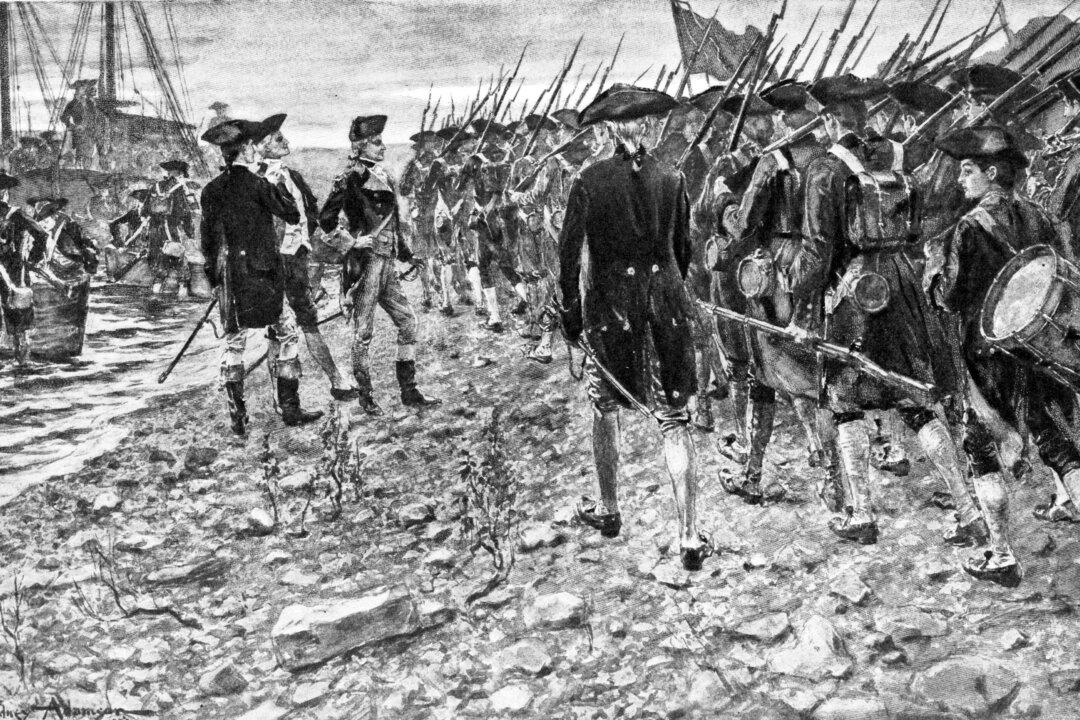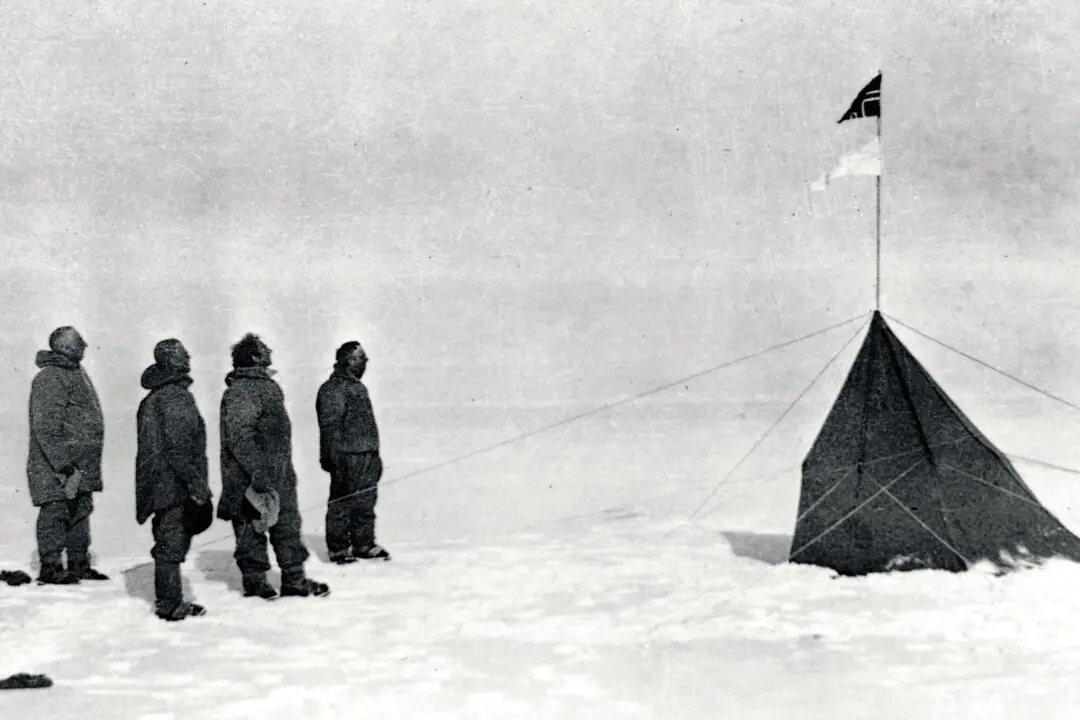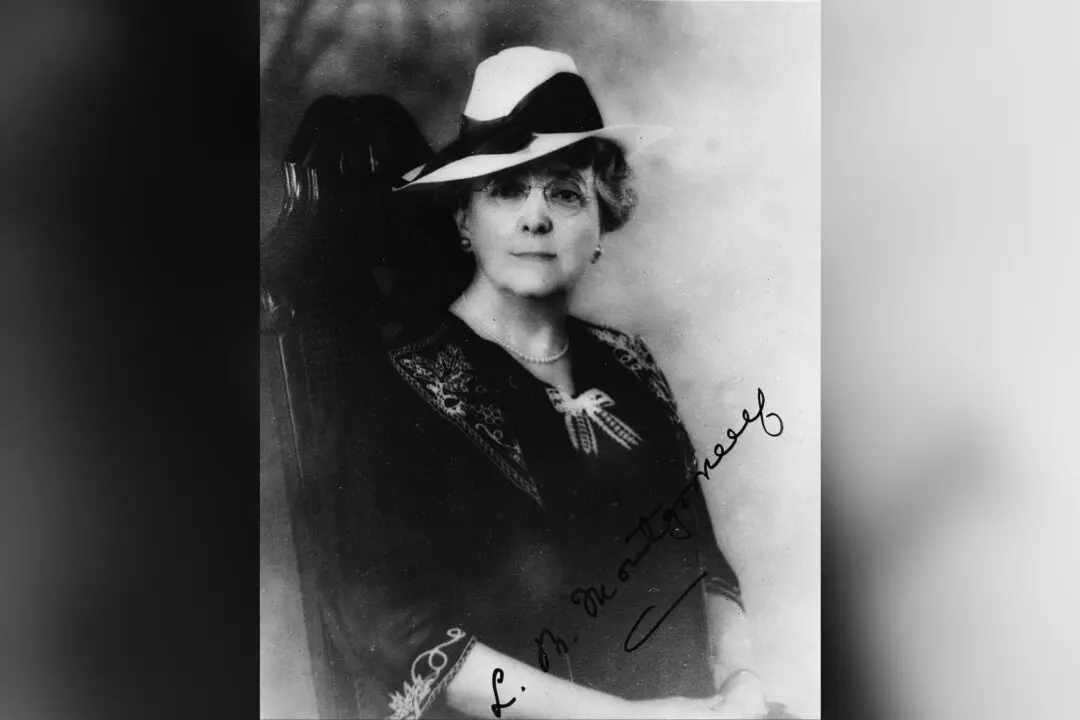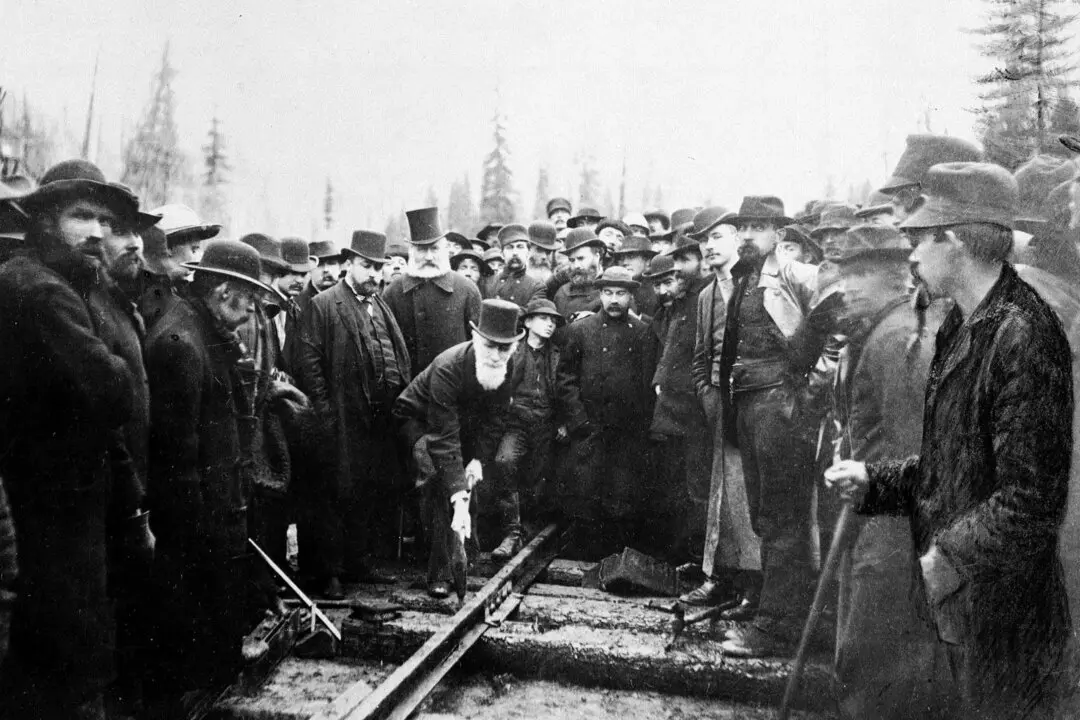Commentary
In 1774, discontented Americans from 12 of the Thirteen Colonies gathered at a Continental Congress to discuss their grievances against rule from London and to consider joint action against the British government. They dispatched letters to those colonies that had not sent delegates to join them—Quebec, Saint John’s Island (now Prince Edward Island), Nova Scotia, Georgia, East Florida, and West Florida—at a second meeting the next year.





